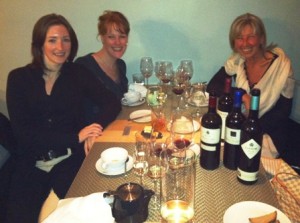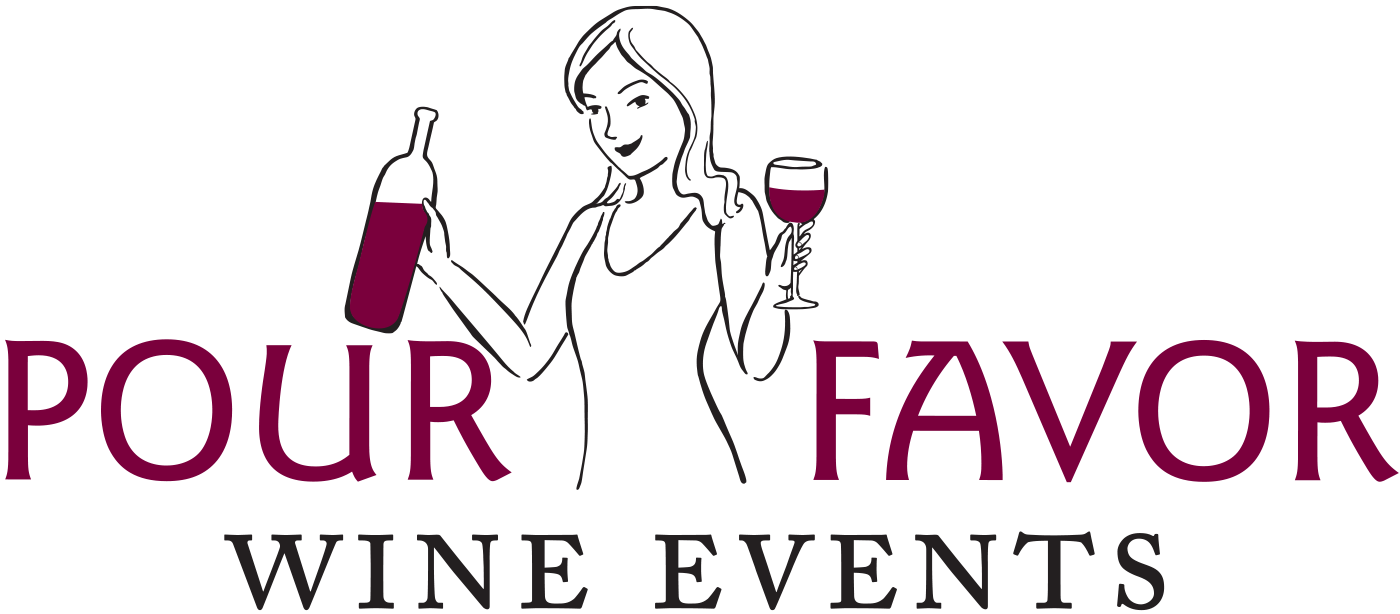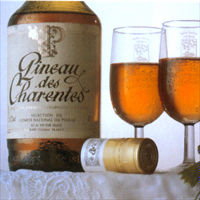 I often write about wines specifically, sometimes peppering in posts about a particular restaurant that's caught my attention. Individually these are just a couple of 'tools' you can put in your belt on the quest for a fuller wine experience. Because wine, in fact, is all about the experience - who you are with, how your drink of choice pairs with a snack or meal of choice, ambience, service, etc. Any given wine experience may have any one or more of these various components. It is the intersection of parts that creates the bigger picture, hopefully of just plain old fun or (better yet) memorable elation. In my experience, these Moments are not something you can plan.
This week I had the great pleasure of joining a local wine colleague at dinner with Marchesi di Barolo's Anna Abbona. Our destination? Somerville's tucked away 'hot spot' Journeyman. I had yet to embark for Journeyman - not for lack of trying (note: they are closed on Tuesdays). The praise has remained outstanding among my colleagues and so I was all the happier to have the 'excuse' to visit. To say it didn't disappoint is not quite accurate. To say it Exceeded Expectations is closer to the truth: artisanal; attention to detail; hospitality; fresh; inspired; inventive. These are just a few words that Chef/Owners Diana and Tse Wei are beginning to redefine; the bar has been reset - so high in fact, I wonder if someone can top them. "Camberville" is where it's at.
I often write about wines specifically, sometimes peppering in posts about a particular restaurant that's caught my attention. Individually these are just a couple of 'tools' you can put in your belt on the quest for a fuller wine experience. Because wine, in fact, is all about the experience - who you are with, how your drink of choice pairs with a snack or meal of choice, ambience, service, etc. Any given wine experience may have any one or more of these various components. It is the intersection of parts that creates the bigger picture, hopefully of just plain old fun or (better yet) memorable elation. In my experience, these Moments are not something you can plan.
This week I had the great pleasure of joining a local wine colleague at dinner with Marchesi di Barolo's Anna Abbona. Our destination? Somerville's tucked away 'hot spot' Journeyman. I had yet to embark for Journeyman - not for lack of trying (note: they are closed on Tuesdays). The praise has remained outstanding among my colleagues and so I was all the happier to have the 'excuse' to visit. To say it didn't disappoint is not quite accurate. To say it Exceeded Expectations is closer to the truth: artisanal; attention to detail; hospitality; fresh; inspired; inventive. These are just a few words that Chef/Owners Diana and Tse Wei are beginning to redefine; the bar has been reset - so high in fact, I wonder if someone can top them. "Camberville" is where it's at.
 Journeyman set the stage for an exceptional experience, doing their part (beyond the exceptional fare) by making very clever "beverage" pairings (with Sutton Cellar's aperitif and Cisco Brewing Company's Grey Lady mixed in to the fun of their wine pairing roster). However, meeting the captivating, bright (and also beautiful) Anna was truly a treat. This is a woman who is a crucial part of an elite, fifth generation wine making family in one of the world's most important wine regions: Piedmont. I could wax poetic about her stunning wines (the 2007 Ruvei Barbera d'Alba and 2004 Cannubi Barolo made their presence known during dinner) as their sultry femininity, depth of character, expression of terroir and structure were enough to stop all conversation in its tracks. But I have to say it was her salt-of-the earth nature, openness about her experiences traveling, her insights about emerging wine markets and the focus Marchesi di Barolo will continue to maintain - amidst ample laughter, her mutual banter and appreciation for the larger Journeyman experience and general frivolity that marked the evening tops in my books.
Journeyman set the stage for an exceptional experience, doing their part (beyond the exceptional fare) by making very clever "beverage" pairings (with Sutton Cellar's aperitif and Cisco Brewing Company's Grey Lady mixed in to the fun of their wine pairing roster). However, meeting the captivating, bright (and also beautiful) Anna was truly a treat. This is a woman who is a crucial part of an elite, fifth generation wine making family in one of the world's most important wine regions: Piedmont. I could wax poetic about her stunning wines (the 2007 Ruvei Barbera d'Alba and 2004 Cannubi Barolo made their presence known during dinner) as their sultry femininity, depth of character, expression of terroir and structure were enough to stop all conversation in its tracks. But I have to say it was her salt-of-the earth nature, openness about her experiences traveling, her insights about emerging wine markets and the focus Marchesi di Barolo will continue to maintain - amidst ample laughter, her mutual banter and appreciation for the larger Journeyman experience and general frivolity that marked the evening tops in my books.
Indeed, I will happily return to Journeyman, though yes, this particular outing will remain on my Top 10 Boston Evenings for much time to come and it is likely it will never be unseated.
Among the grey-ist of Springs, it is now summer in my book! Thank you Anna. Thank you Diane and Tse Wei. Thank you Kathryn.


 'Tis the season to be merry! And sometimes merriment is best facilitated by getting your guests in the mood for - in the immortal words of Seinfeld writers - Festivus! Last weekend I had the pleasure of pouring a few holiday libations for just such a purpose at a public tasting event. (I had what happens to be my favorite
'Tis the season to be merry! And sometimes merriment is best facilitated by getting your guests in the mood for - in the immortal words of Seinfeld writers - Festivus! Last weekend I had the pleasure of pouring a few holiday libations for just such a purpose at a public tasting event. (I had what happens to be my favorite  A few weeks ago I stumbled upon a rare treat in the larger wine world, particularly here in North America: Pineau des Charentes. When I saw that
A few weeks ago I stumbled upon a rare treat in the larger wine world, particularly here in North America: Pineau des Charentes. When I saw that